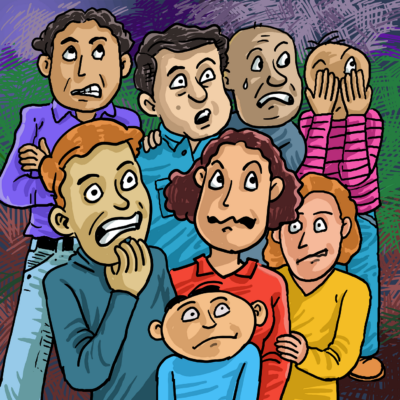Guerrilla Gardening
In this Article...
Most community areas and urban landscapes have small plots of neglected and abandoned patches of land. These could easily be transformed into enjoyable spaces for local people. Individuals, or groups, reclaiming such spaces and growing flowers, trees
Most community areas and urban landscapes have small plots of neglected and abandoned patches of land. These could easily be transformed into enjoyable spaces for local people. Individuals, or groups, reclaiming such spaces and growing flowers, trees, fruit or vegetables have become known as guerrilla gardeners.
Guerrilla gardening is the term given to growing plants on a piece of land without permission of the owner. Technically it is considered illegal in the UK, however it is incredibly rare to be prosecuted. Most councils’ concerns are around health and safety – such as gardening at night. This is an element to be conscious of before beginning any plan of rejuvenation, if this is something an individual chooses to pursue.
If this idea appeals to you, here are some practical suggestions which may be beneficial.
Look out for some local unloved land.
Once you start looking, you will notice how many little neglected patches of unkempt public space there are. Abandoned flower beds, bare plots of mud and concrete, patches of bare earth and worn grass. Chose one close by and one that you think you can work with.
Make a plan
Which plants would work in this patch. Do you imagine growing flowers, trees or edible plants that the community may benefit from? Consider how long you may need to work on this and when you are free to undertake the work. It is often considered better to work at night, in order to draw less attention from those who may not appreciate the process. Recruit supportive friends and family to help you.
Check the health of the soil. If nothing has grown there for a while, there may be a good reason. The soil may need to be amended before you start planting.
Choose your plants carefully and try to source locally.
Hardy plants are essential, considering the public location but also because of exposure to cold, heat and/or water shortages. They should have quite an impact too. Maybe colourful, evergreen, large. Would you like to include edible plants for the community to enjoy as well? Consider aromatic plants such as herbs as well. If you can, source as cheaply and locally as you can. Speak to other gardeners and consider what they may be able to donate. Look for bargains in local shops or any free plants being given away by individuals.
Practical resources
Consider which tools you may want to take with you to cultivate the land. Consider how you will leave the area clear and tidy at the end of each session. Always have decent foot wear – wellington boots or sturdy shoes are safe options.
Maintaining and tending to the plot.
Once established. It is a good idea to keep an eye of the plot and tend to weeds and ensure it is watered, when you can. If possible, add some natural fertiliser or plant feed to promote healthy growth.
Spread the love
Why not let people know what you did in the area? Consider putting up a poster somewhere suitable or placing a marker in the soil. Share what and why you have done this. Don’t be afraid of engaging with people as they pass by, you may even recruit more guerrilla gardeners and start a local revolution!



